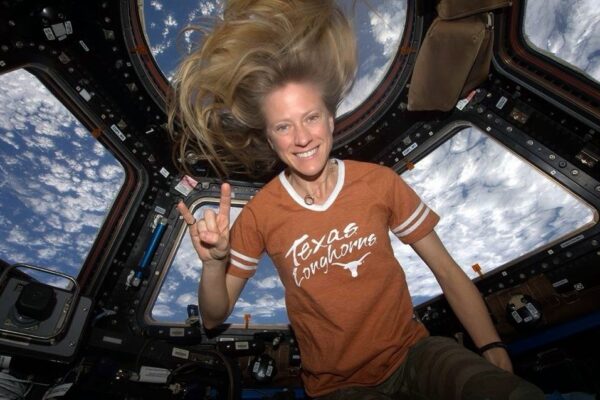As we prepare for the total solar eclipse, we can’t help but have a school-kid crush on the cosmos. It’s the perfect time to explore UT’s connections to NASA, space exploration and discovery. Here are some of our favorite burnt orange highlights:
-
UT aerospace engineering alumni and students helped complete the first U.S. Moon landing in 50 years. “Houston, Odysseus has found its new home.”
-
Longhorn Alan Stern led NASA’s New Horizons mission to help us understand Pluto and worlds at the edge of our solar system.
-
There are more than 500,000 objects floating in space and only about 2,000 of them are operational. UT professor Moriba Jah, a former spacecraft navigator for NASA’s Jet Propulsion Laboratory, is on a mission to curtail the cosmic junkyard.
-
UT law student Brittany Silvester’s interests lie at the intersection of space travel and the law, specifically laws that will govern future human presence on the Moon and Mars. She has held several NASA internships and recently won an award from the Strauss Center.
-
Stephanie Wilson, an astronaut who has participated in three missions, shares with fellow Longhorns her keys to success and how they were put to the test during a harrowing effort to keep the International Space Station from losing power.

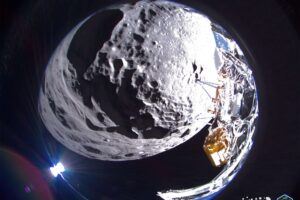
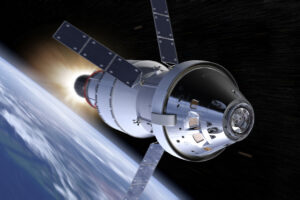
From left to right:
Alumnus Alan Stern, who led NASA's New Horizons mission that launched to Pluto.
A view from the lunar lander. Credit: Intuitive Machines.
During Artemis I, Orion will venture thousands of miles beyond the moon during an approximately four to six-week mission. Credit: NASA.
-
Small satellites, referred to by some as space lighthouses, will someday help navigate spacecraft to the Moon. UT researchers will receive close to $2 million from NASA to jumpstart construction.
-
Astronaut and alumnus Greg Holt discusses his role in leading the navigation system for Orion’s flight to the Moon.
-
UT team finds habitable zone planet hidden in data from NASA’s Kepler space telescope. Out of all the exoplanets found by Kepler, this one is most similar to Earth in size and estimated temperature.
-
In 2008 Longhorn Karen Nyberg became the 50th woman to travel into space. Take a look back at her experience at the International Space Station.
-
As an undergraduate, Ann Dattilo, B.S. ’19, led a team that discovered two new planets with the help of artificial intelligence.
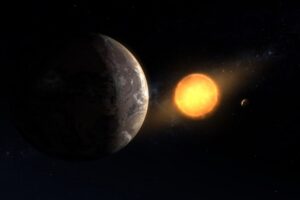
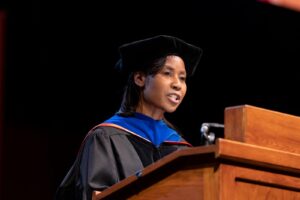
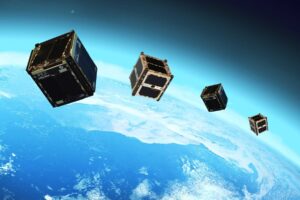
From left to right:
An artist's concept of Kepler-1649c orbiting around its host red dwarf star. This newly discovered exoplanet is in its star’s habitable zone and is the closest to Earth in size and temperature found yet in Kepler's data. Credit: NASA/Ames Research Center/Daniel Rutter.
Alumna and NASA astronaut Stephanie Wilson, who delivered the Cockrell School of Engineering's 2023 commencement address.
A new agreement with NASA paves the way for UT Austin researchers and the Texas Spacecraft Laboratory to build and launch a CubeSat that will help spacecraft determine their location in relationship to the Earth and, eventually, the moon. Photo courtesy NASA/JPL-CalTech.

